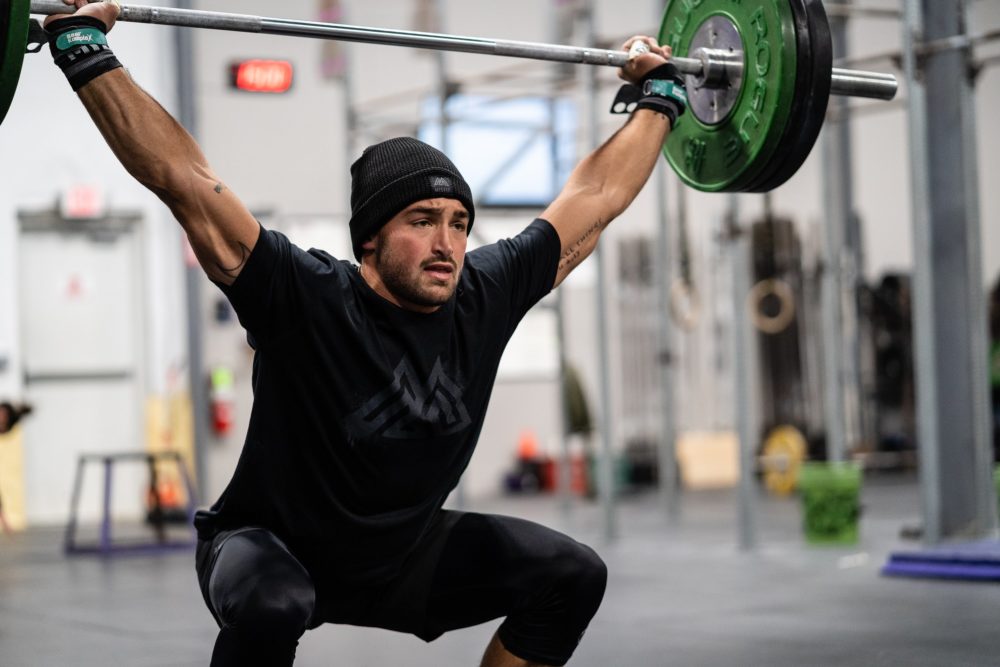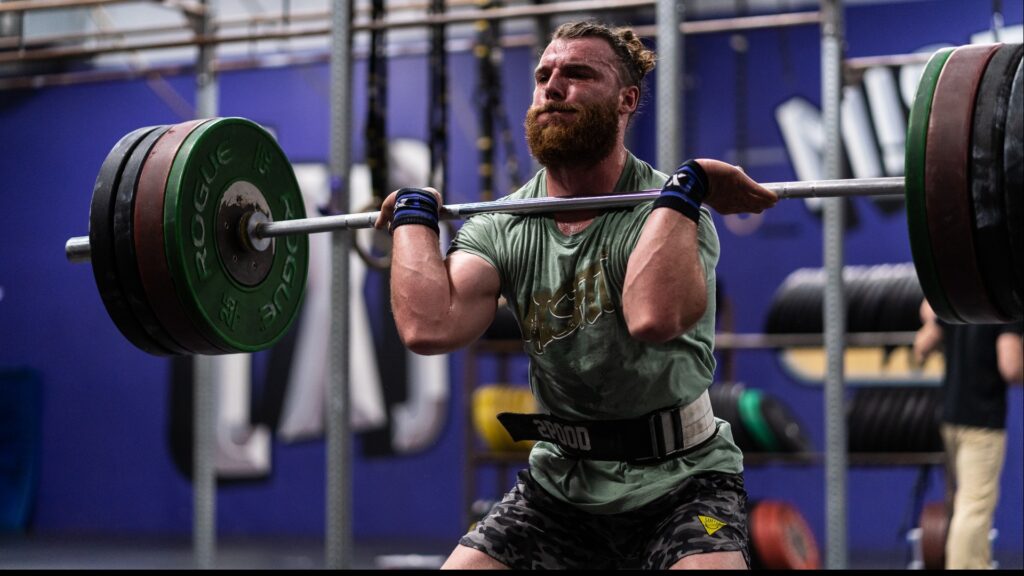A Deliberate Approach to Training: Part 1

With the advent of Cycle 1 and the official start of the 2019 off-season, there’s no better time to address a topic that even many high level athletes fail to comprehend, let alone implement: the difference between the intention to train or compete. Gone are the days of desultoriously approaching to workouts with only the goal of winning. This approach is based on the intention of competing, and mature athletes understand that this method has a lower long-term payoff, and that intelligently sacrificing a little overall intensity in the name of confronting a weakness is what separates the best from those who merely “grind” every day. As an athlete seeking high performance, competing every day is both impracticable and unsustainable. Training, on the other hand, enables athletes to isolate specific holes in their game and begin filling them in with less risk of burning themselves out. Cycle 1 is an excellent opportunity to begin this practice since 1) it’s the beginning of the off-season; and 2) the nature of Cycle 1 (simple, fundamental basics) is set up nicely apply the topic of this article.
Before getting started let’s be clear on definitions. Training is conducted with the purpose of improving specific deficiencies or practicing new skills and techniques enabling long term improvement and adaptation. Competing is executing your training with the intention of winning the workout. The two aren’t necessarily mutually exclusive, but the intent of your effort is what makes the difference. If you haven’t watched our 3-part “Execute Your Workout” series I highly recommend watching it HERE. For the purposes of this article, we’re going to look at the following workout:
4 rounds for time
Row 500m
30 Wallballs (20/14)
15 Chest-to-bar pull-ups
Let’s assume we’re talking about a larger athlete – someone who knows rowing isn’t an issue and the pull-ups will clearly be the sticking point. If our athlete approaches the workout with the intention of competing, he probably identified the row as a place to make up ground on other athletes and can be comfortably done at a 1:45/500m pace or faster. He can hold onto the ball without an issue, maybe breaking things up in the last round, but he knows that pushing for big sets on the pull-ups will slow him down in later rounds. Therefore, he settles on a strategy of 3 quick sets of 5 reps. Overall, the athlete’s intent is finishing as fast as possible with little thought into where his/her weaknesses lie.
A training based approach, on the other hand, affords our athlete multiple variables to manipulate with the goal of targeting a weakness. Three sets of five pull-ups might give our athlete the best overall time, but it won’t do much for his chest-to-bar pull-up capacity because he knows, based on his capacity and experience, that he can execute this strategy. Instead, he could make the personal goal of doing 10/5 every round no matter what, even if it means taking a little extra rest before getting on the bar. He might slow down on the row, have to do two sets of wall-balls, and take longer overall than he otherwise would, but he has made a physical and perhaps more importantly, a psychological adaptation.
Another quick example for the smaller athlete. Our athlete knows that doing the wall-balls and pull-ups unbroken isn’t an issue if he can keep his heart rate down on the rower, so the obvious competition strategy is to survive the row and crush the rest. But we’re not competing, we are training. How can this athlete make this workout more challenging? How about setting a mandatory row pace? Requiring that no matter what, the rower monitor shows no higher than 1:45/500m may force longer transitions, but the information gleaned from holding that pace and its effects on the other two movements is far more valuable than an arbitrary, overall goal time. Another option: what about modifying the 500m distance to something like 40 calories? Rowing for distance is best accomplished with a consistent stroke that keeps the flywheel moving, whereas rowing for calories rewards a higher impulse and power output on each individual stroke. See how easy it can be to essentially customize a workout to cater specifically to individual weaknesses?
There are myriad ways to manipulate workouts based on the weaknesses of the athlete. Although I empirically know that MFA provides the most balanced, well-rounded program available today, its efficacy can only be fully realized through a proactive, thoughtful approach to training. This requires the stowing of individual egos and the alacrity to post a slower time or lower score, with the less tangible, intrinsic realization that you improved your personal game. Know your intentions with your workout before getting started and reap the benefits when it comes time to compete.
Written by Hunter Wood




